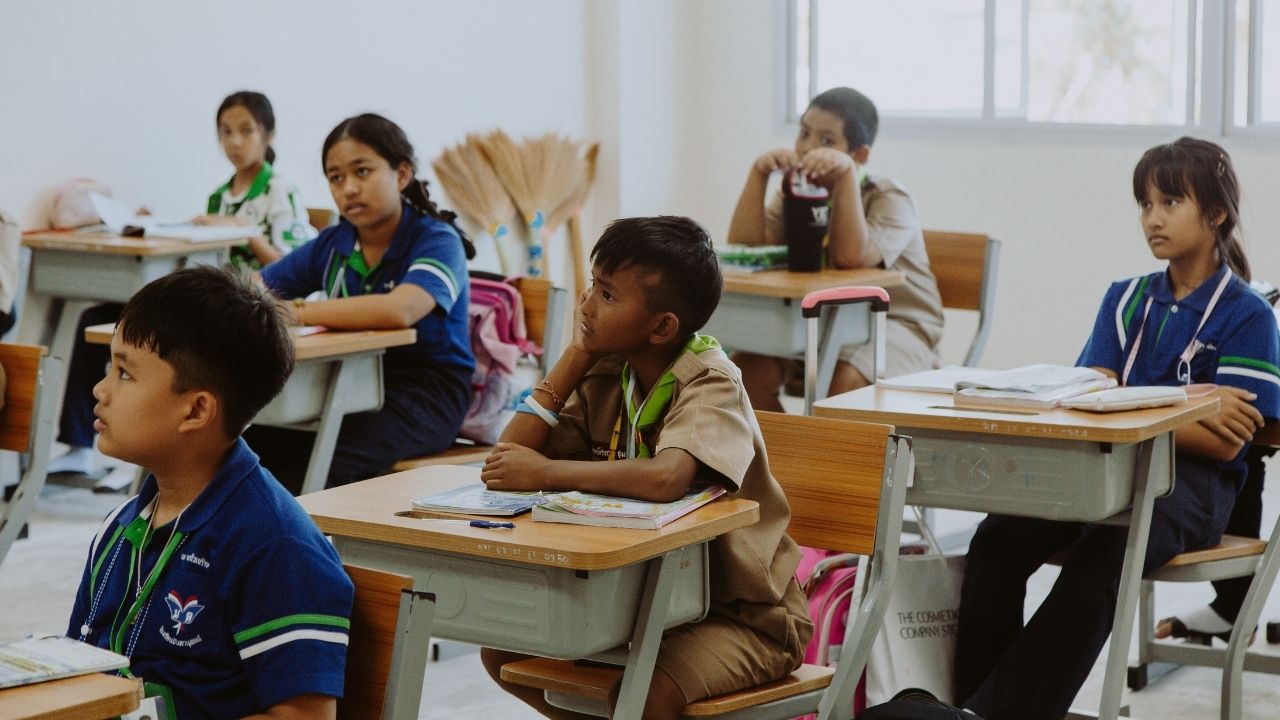
As seasoned educators, we understand that classroom conflicts are an inevitable part of the teaching experience. However, with the right strategies and techniques, we can effectively manage and resolve these challenges to foster a positive and productive learning environment. In this comprehensive article, we will explore the various approaches teachers can employ to handle classroom conflicts effectively.
Teacher Intervention: Addressing Conflicts Head-on
When faced with a classroom conflict, the first step is to address the issue promptly and decisively. As teachers, we must be proactive in identifying the root cause of the conflict and intervening before it escalates. This may involve separating the students involved, encouraging open communication, and actively listening to their perspectives.
Communication Strategies: Fostering Mutual Understanding
Effective communication is the cornerstone of conflict resolution in the classroom. We must encourage open and respectful dialogue, allowing all parties to express their thoughts and feelings without fear of judgment. By actively listening and validating the concerns of our students, we can help them feel heard and create a safe space for conflict resolution.
Classroom Management: Establishing Clear Expectations
Proactive classroom management is essential in preventing and addressing conflicts. We must establish clear expectations and guidelines for student behavior, ensuring that everyone understands the rules and consequences. By consistently enforcing these policies, we can create a structured and predictable environment, which can help diffuse potentially volatile situations.
Conflict Resolution Techniques: Mediation and Negotiation
When conflicts arise, we can employ various conflict resolution techniques to facilitate a peaceful and constructive resolution. Mediation, for example, involves guiding the students through a structured dialogue to help them find a mutually agreeable solution. Negotiation skills can also be utilized, encouraging students to compromise and find a middle ground.
Fostering Empathy and Emotional Intelligence
Underlying many classroom conflicts are issues of emotional intelligence and empathy. As teachers, we must help our students develop these essential skills, teaching them to understand and respect the perspectives and feelings of their peers. By promoting empathy and emotional intelligence, we can create a more harmonious and inclusive classroom environment.
Collaborative Problem-Solving: Involving Students in the Process
Encouraging students to participate in the problem-solving process can be a powerful tool in resolving conflicts. By involving them in the decision-making, we empower them to take ownership of the solution and foster a greater sense of responsibility and accountability.
Ongoing Professional Development: Staying Informed and Prepared
As education professionals, we must continually strive to improve our skills and knowledge in managing classroom conflicts. Engaging in ongoing professional development, such as attending workshops or participating in peer-to-peer learning, can equip us with the latest strategies and techniques to effectively handle challenging situations.
In conclusion, effectively managing classroom conflicts requires a multifaceted approach that combines proactive measures, clear communication, and a deep understanding of student behaviors and emotional needs. By implementing the strategies outlined in this article, we can create a more harmonious and productive learning environment, ultimately setting our students up for success both academically and socially. As experienced educators, we have the tools and knowledge to navigate these challenges and make a lasting impact on the lives of our students.
 Careers in EducationElementary EducationHigh School EducationEducational TechnologyTeaching StrategiesSpecial EducationPrivacy PolicyTerms And Conditions
Careers in EducationElementary EducationHigh School EducationEducational TechnologyTeaching StrategiesSpecial EducationPrivacy PolicyTerms And Conditions
